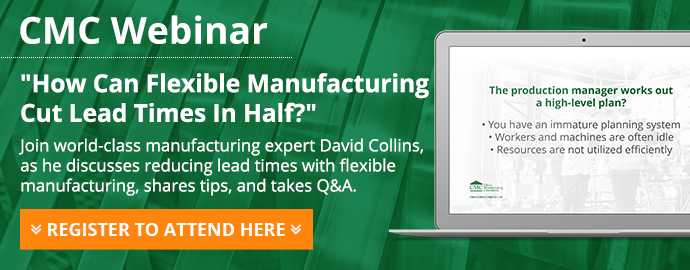As the cost of labor keeps rising in China and other countries, manufacturers are looking for ways to contain that increase. And, if automation is not possible/desirable, they turn to consultants. But what can they expect from consultants, and does it even make sense? This blog offers insight on how consultants can help raise operator efficiency.
1. There are common “best practices” across industries

What we see in China is amazing. 99% of manufacturers have given no thought to learning from best-in-class factories. They have never seen well-run operations. All they have seen so far is their friends ‘and competitors’ factories… Which are usually NOT efficient.
Let’s have a bit of fun. I pulled some quotes from Henry Ford’s autobiography.
a) About the role of internal logistics to keep production operators doing value-added work:
The undirected worked spends more of his time walking about for materials and tools than he does in working.
and
The first step in assembly took place when we started taking the work to the men, instead of the men to the work.
And
No workman has anything to do with moving or lifting anything. That is all in a separate department – the transportation department.
b) Some guidance for designing a good process layout, in order to increase value-added work and improve operator efficiency:
The principles of assembly are these:
1) place the tools, and the men, in the sequence of the operation so that each component part shall travel the least possible distance while in the process of finishing.
2) Use work slides, or other forms of carriers, so that when the workman completes his operation, he drops the parts always in the same place – which place must always be the most convenient place to his hand – and if possible have gravity carry the part to the next workman for his operation.
3) Use sliding assembly lines by which the parts to be assembled are delivered at convenient distances.
These general principles were developed 100 years ago and are detailed in countless books. They are taught in entry-level classes given to industrial engineering students. And yet… They haven’t gone mainstream.
2. What NOT to do

Most factory owners expect consultants to pull out a magic wand from a briefcase, and voila! They immediately show results.
So, what is a good sales pitch? It goes like this:
“I see your sewing operators are doing 72 outseams an hour on this 4-pocket pair of jeans. According to our database, they should be doing 95. Let us work with them and get them up to standard. This way you can free 20 operators, which saves you more than 80,000 RMB a month.”
In the short term, it might work somehow. The operators are given targets, measured, pressured, and are given a few tips on how to go faster. But this is the old Taylor approach – it pits the worker against his supervisor, and then all sorts of games start to happen. Not to mention, quality usually suffers.
In the long term, it degrades management-worker relations and has a negative impact on what it was aiming at improving: operator efficiency.
This approach was popular in the 1970s and 1980s and then suffered a serious backlash. This is not what you want to do!
3. An effective and sustainable approach

Let’s distinguish between the ‘hard’ and the ‘soft’ stuff. My point is, both are needed.
I listed before 7 industrial engineering applications that usually bring in substantial productivity gains:
- Make materials flow
- Reduce inventory by making smaller batches
- Separate manufacturing from internal logistics
- Present materials and tools at point of use
- Include employees in the initiative to write/draw work instructions
- Semi-automate or automate some process steps
- Keep working! That’s what they call continuous improvement
All of this is great. But you need the fuel to drive these improvements. You need to engage your workforce.
How to engage them? Give them a bit of training to open their minds to new possibilities, put them in teams, give them projects, coach them, and let them express and implement their ideas.
Why THEIR ideas? Of course, consultants might have better ideas. But, if the people working in the factory came up with an idea themselves, that idea has a MUCH HIGHER chance of ‘sticking’ in the long term. That’s how to carry out sustainable improvement.
And, as teams try new things, they learn along the way. As an organization, you need less and less help from outside consultants in the long run. That’s a healthy objective, isn’t it?
To conclude, consultants do have a role in disseminating ‘best practices’, but also in guiding factories to engage their staff in improvement projects. If the approach is wrong, there will be no lasting improvement.
Does this fit with your experiences? What advice can you add on operator efficiency? Share your comments below, we'd love to hear from you!





